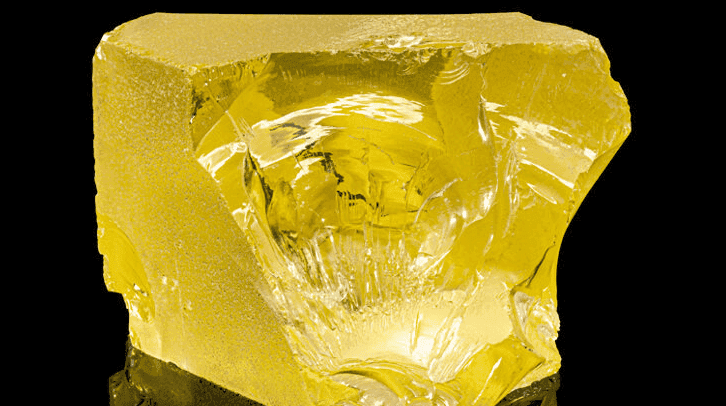A piece of glass used in the Manhattan Project sold for $8,125 Wednesday.
The 5.7-pound chunk of glass played a critical role in one of the most significant and historically impactful developments in modern history.
Its story dates back to the early stages of the Manhattan Project, when a secret team of scientists and top government and military officials sought out a site to construct B Reactor, the first full-scale Plutonium production reactor in the world.
They chose a plot of land on the banks of the Columbia river and named it the Hanford Site, relocating 1,500 people in the process.
The facility produced Plutonium for the first-ever atomic weapons, including those tested at the Trinity Site in New Mexico, as well as the bomb dropped by the U.S. on Nagasaki, Japan. During the production of the highly-radioactive Plutonium via its extraction from fuel rods, scientists were shielded by 70% lead glass windows.
Heritage’s specimen, however, is said to have been part of the structure of the facility, rather than inside the facility as a part of the window.
In 1990, five of the original windows were sent to a junkyard nearby, where they were stored in a warehouse for decades. At some point, a pane shattered, and fragments were sold off in 2013.
Complete windows from the Hanford Site have hit the market in the past, with companies like minimuseum currently listing a full pane for $3.4 million. The company has also produced collectible products utilizing small fragments from the window, which it sells for $39.
Heritage has previously sold a fragment of glass from the site for $22,500, however, the object was turned into a sculpture by artist Michael Borkosh.
Will Stern is a reporter and editor for cllct.

